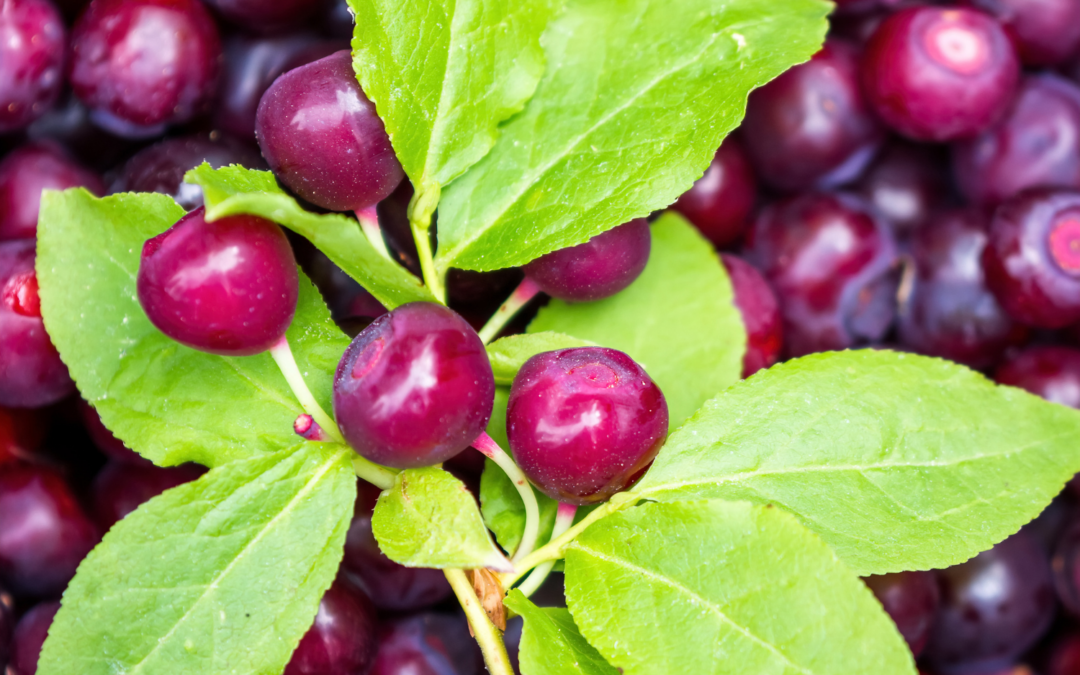There are two types of blueberries grown in North America: highbush and lowbush. Highbush blueberries, which make up the majority of commercially grown berries, are taller plants that can reach up to 15 feet in height. Lowbush blueberries, on the other hand, are shorter plants that only grow to about two feet in height. Lowbush blueberries are native to North America and have been growing wild for centuries. Highbush blueberries, however, were only introduced to North America in the early 1900s.
Blueberries and huckleberries both belong to the Vaccinium family of plants, which also includes cranberries and lingonberries. Blueberries are further classified into two groups: wild or low bush blueberries, and cultivated or high bush blueberries. Huckleberries are not classified into these groups and are only found in the wild.
Wild blueberries are small and have a deep purple color, while cultivated blueberries are larger and have a lighter blue color. Huckleberries also come in different sizes, but they are always darker in color than blueberries. The flavor of huckleberries is also more intense than that of blueberries.
So, how do you grow these delicious berries? Highbush blueberry plants need full sun and well-drained soil to thrive. They can be planted in either spring or fall. Lowbush blueberry plants, on the other hand, prefer partial sun and acidic soils. They should be planted in early spring.
If you’re looking to add some delicious berries to your garden, why not try growing both blueberries and huckleberries? You’ll be sure to enjoy the different flavors and colors that these two berries have to offer!
Huckleberry plants are usually found in the wild, while blueberry plants can be cultivated or found in the wild. Huckleberries tend to be darker in color and have a more intense flavor than blueberries. Blueberry plants need full sun and well-drained soil to thrive, while lowbush blueberry plants prefer partial sun and acidic soils. To grow both types of berries, plant highbush blueberry plants in either spring or fall and lowbush blueberry plants in early spring.
Spacing is also different. Huckleberry bushes can be closely spaced, but for best results, blueberries should be about 6 feet apart. This can be seen in the wild. Wild blueberries are usually spaced out, though not necessarily 6 feet away from other bushes or trees. Wild huckleberries often grow quite close together, forming thickets.
Both plants need plenty of water. Blueberries, though, will grow well in almost constantly moist ground. Huckleberries prefer dirt that partly dries out between deep watering.
While both can be grown at both high and low elevations, huckleberries are better suited for higher altitudes, such as 4,000 feet or more, while blueberries tend to grow best at lower altitudes, down to sea level. Because of this, huckleberries are also a bit hardier when it comes to cold temperatures, while blueberries are better able to withstand hot, humid weather.
Perhaps the biggest difference in growing blueberries and huckleberries, though, is that huckleberries do notoriously poorly when transplanted. Blueberries can be dug up and moved to another location without a huge amount of difficulties for the plant. This means that huckleberries are best grown from the berries. This takes a long time, though. Blueberries can be purchased in pots and planted easily.
This is a major reason it is so difficult to find huckleberry bushes in pots, even in a large and well-stocked plant nursery. Even if a person specifically asks for a huckleberry bush, the chances are that they will be given a blueberry bush. In fact, many people don’t even know that there is a difference.
Enjoy the different flavors and colors that these two berries have to offer by growing both in your garden!



